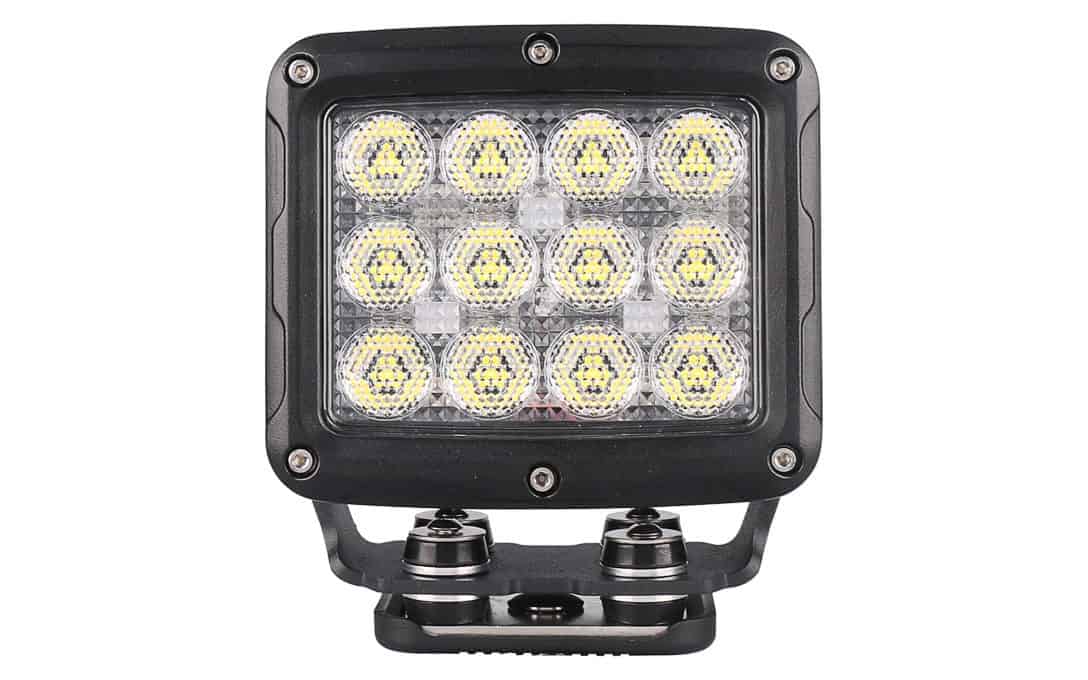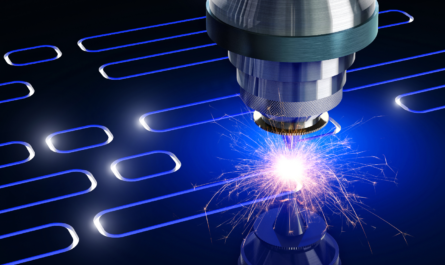
Introduction
Memory technologies have come a long way from the basic RAM chips of the past. As computing needs continue to grow exponentially with demand for more data storage and faster processing, memory innovations are crucial to keep up with these demands. In this article, we will explore some of the most promising next generation memory technologies currently under development that aim to overcome the limitations of existing technologies and revolutionize data storage and computing.
Emerging Non-Volatile Memory Technologies
One of the major limitations of existing volatile memory technologies like DRAM is that data is lost when power is turned off. This has driven research into developing non-volatile memory technologies that can retain data even without a continuous power supply. Some of the most promising emerging non-volatile memory technologies include:
Phase Change Memory (PCM)
PCM works by utilizing the unique properties of chalcogenide glass which can be switched between crystalline and amorphous physical states using heat produced by an electric current. The two states represent the binary digits 1 and 0. PCM provides high density, competitive read/write speeds and good endurance compared to NAND flash. Intel and Micron have developed 3D XPoint memory based on PCM technology promising 1,000 times faster access than NAND.
Resistive Random-Access Memory (ReRAM)
ReRAM, also called memristor memory, works by manipulating the resistance of a solid material like metal oxide sandwiched between two electrodes. The resistance can be switched to represent data bits. ReRAM offers simpler fabrication compared to other technologies, providing opportunities for very high density 3D stacking. It also promises very fast write/erase speeds below 10 nanoseconds and virtually unlimited endurance and lifetime. Major players developing ReRAM include Adesto, HP, Panasonic and Samsung.
Spin-Transfer Torque RAM (STT-RAM)
STT-RAM utilizes magnetic tunnel junctions (MTJs) as its fundamental memory element and switching is achieved by altering the magnetization orientation of the free layer in the MTJ. It provides much better retention than SRAM and faster access than DRAM, acting as a universal memory. Everspin and Avalanche are among the companies commercially producing STT-RAM modules. Samsung has also developed 4Gb STT-MRAM chips.
Emerging Memory Technology Integration
With each new memory technology promising significant improvements over existing solutions, the next wave of development involves skillfully integrating multiple technologies together:
Hybrid Memory Cube (HMC)
HMC developed by Micron stacks multiple discrete DRAM dies and connects them using through-silicon vias (TSVs) resulting in up to 16 high bandwidth dies in a package with up to 128GB capacity. It aims to bridge the gap between high performance yet expensive DRAM and higher latency non-volatile memory.
3D XPoint
3D XPoint as mentioned earlier is a non-volatile memory developed jointly by Intel Micron based on PCM technology. It stacks memory cells on top of one another with TSVs to connect them. Promising 1,000x faster access than NAND and 10x denser than DRAM, Intel is planning to launch 3D XPoint based SSDs and DIMMs in the near future.
Storage Class Memory
The idea behind storage class memory is to combine qualities of DRAM like speed and non-volatility of flash/PCM to be used as both memory and storage using memory controllers and algorithms. Intel’s 3D XPoint technology aims at this. Other variants incorporate multiple technologies like STT-MRAM stacked on top of larger capacity PCM arrays.
Applications and Adoption of Next Gen Memory Tech
With their superior attributes, next generation memories are expected see adoption across various applications once commercialized:
Mobile Devices
Non-volatile memories can replace existing flash storage and SRAM/DRAM in mobile devices enabling longer battery life and faster performance. This is crucial as mobile computing becomes more data and graphic intensive.
Data Centers
Massive data centers can gain significant performance boost by using technologies like 3D XPoint, ReRAM and STT-MRAM for faster in-memory analytics, databases and temporary processing tasks. It can speed up functions like caching, buffering, indexing and temporary SQL queries.
High Performance Computing
HPC systems require huge memory capacity as well as bandwidth to support complex simulations, modeling and machine learning tasks. Hybrid memory cubes, storage class memory and 3D stacked ReRAM/STT-MRAM are ideal candidates to meet these needs.
Autonomous Vehicles
For autonomous vehicles dealing with terabytes of sensor data in real-time, next gen memories can power functions like collision avoidance, navigation, self-diagnosis and OTA updates in a reliable manner.
Conclusion
With relentless progress, Next Generation non-volatile memories are on the cusp of fulfilling their huge potential. While no single technology seems capable of replacing entire existing memory hierarchy, skillful integration holds the key. Widespread adoption depends on overcoming challenges around manufacturability, reliability and driving down costs. Exciting times lie ahead as these memory innovations revolutionize computing and data storage capabilities.
*Note:
- Source: Coherent Market Insights, Public sources, Desk research
- We have leveraged AI tools to mine information and compile it



